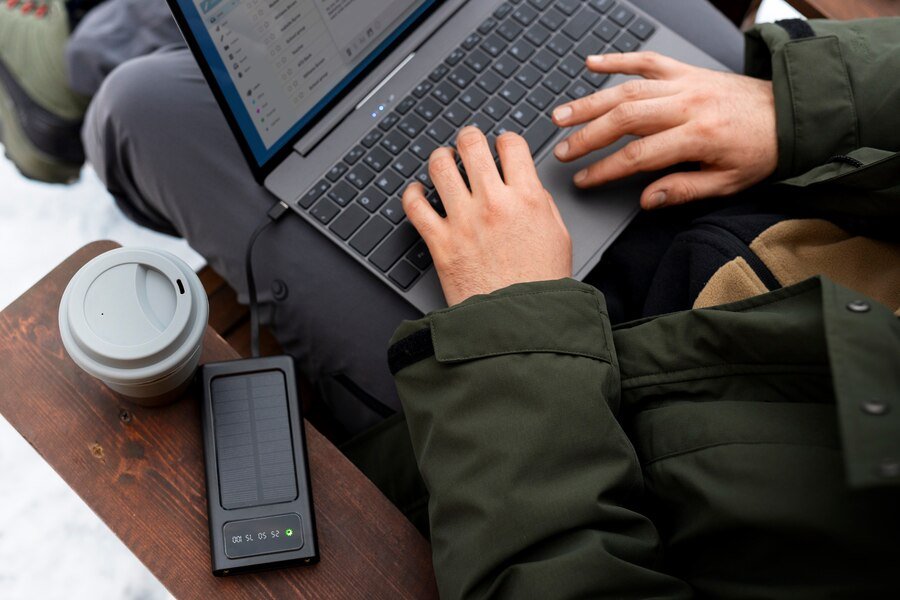Hey there, tech tinkerers! Ever found yourself pondering the mysteries of life, like whether the same HDD can be used from PCem to 86b0x? No? Just me? Well, you’re in luck, because today’s little escapade through the land of bits and bytes will unravel that very enigma. We’ll take a quirky jaunt through the compatibility maze, all while keeping things as clear as a summer day. Whether you’re a seasoned emulation guru or just stumbled here by cosmic coincidence, you’ll find something intriguing. Ready to unlock the secrets? Let’s go!
Diving into the Digital Abyss
What is PCem and x86 Emulators?
Okay, first things first. Before we start swapping HDDs like they’re trading cards, let’s lay some foundation. PCem and x86 emulators are your digital DeLoreans, letting you step back into the tech past. PCem stands for Personal Computer Emulator, and it’s like having a retro machine in your modern system. Meanwhile, x86 emulators—well, they emulate the x86 instruction set, which is a fancy way of saying they mimic certain CPUs. Both are playgrounds for those who love to mix nostalgia with a dash of modern code.
But why would anyone want to do this? Glad you asked! It’s all about experiencing legacy systems and applications, like vintage games or software that won’t run on modern setups. For some, it’s about reviving those DOS-era memories; for others, it’s like a geeky archaeological dig. And let’s be honest, who wouldn’t want to be a digital Indiana Jones?
The difference between PCem and x86 emulators? Think of it like this—PCem is the quirky friend who brings back the 90s vibes, while x86 is your go-to for serious business. Both have their charm, and together they form a powerhouse duo in the world of emulation.
Overview of HDD Compatibility
Now, the million-dollar question—can you use the same HDD from PCem to 86b0x? Spoiler alert—yes, you can! But, as with any magical transformation, there’s a bit of prep work involved. We’re talking about moving data between two realms, and like any good sorcerer, you’ll need the right spellbook, or in this case, a guide.
Compatibility hinges on several factors. The HDD format and file system are key players—NTFS, FAT32, or something more esoteric? The emulators’ ability to read these formats is crucial. But fear not, oh intrepid traveler; it’s all doable with a sprinkle of know-how and a dash of persistence.
The tech wizards have spoken—it’s possible, but not without its quirks. Think of it like tuning an old radio to catch a modern podcast. It’s about aligning the frequencies, ensuring the signals are crystal clear. Ready to align those bits and bytes? We thought so!
The Grand HDD Journey
Backing Up Your Data
Step one on our epic quest—backup! This is your safety net, the bungee cord to your digital cliff jump. Before making any moves, ensure your precious data is snug and secure. There are many ways to do this—external drives, cloud storage, or a trusty USB. Choose your weapon wisely.
Once backed up, it’s time to breathe easy. This safeguard means that if things go awry (not saying they will, but you never know), you can jump back in time with a simple click. It’s like having a reset button for your digital life. Peace of mind in the pixelated wilderness.
Backup complete? Fantastic! You’re now ready to step into the next phase, armed and ready for whatever the digital gods throw your way. Onward and upward, as they say!

Configuring the x86 Emulator
The realm of x86 awaits, but first, it needs some fine-tuning. Configuring the emulator is akin to setting up a tent in the great byte wilderness. Here’s where you’ll adjust settings to mimic your desired environment—CPU, memory, peripherals, you name it.
Think of this as dressing your emulation avatar. Does it need more RAM? How about a different processor personality? Each tweak gets you closer to the ideal setup, ready to welcome your trusty HDD.
Once configured, save those settings like your life depends on it. The emulator is now primed and ready, a blank canvas waiting for your digital masterpiece. Ah, the anticipation!
Transferring the HDD
With backups and configurations squared away, it’s time for the main event—transferring the HDD. Consider this the grand finale of our little adventure, where all your hard work culminates in a seamless transition.
Begin by disconnecting the HDD from PCem. Treat it gently, as you would a rare artifact. Once free, introduce it to your x86 emulator. This is where the magic happens, where old meets new in a glorious dance of ones and zeroes.
Ensure that your emulator recognizes the HDD format. This might involve a bit of tinkering, but that’s the joy of the process. The reward? A fully operational HDD in a new environment, running as smoothly as a well-oiled machine. Voila, you’ve done it!
Navigating Troublesome Waters
Common Issues and Solutions
Even the most seasoned adventurers encounter a few hurdles. When it comes to HDD transitions, expect a bump or two. Fear not, for every problem has a solution, and we’re here to guide you through.
One common hiccup—format recognition. If your emulator struggles with the HDD format, consider reformatting or using conversion tools. It’s like giving your data a new outfit, ready for the x86 party.
Another pesky problem could be driver compatibility. Ensure all necessary drivers are present and correct. Missing drivers are like missing puzzle pieces, hindering the full picture. Once resolved, everything should fall into place.
And remember, patience is key. Rome wasn’t built in a day, and neither is perfect HDD compatibility. Tinker, tweak, and trust that you’ll reach your digital utopia.
The Road Ahead
The Future of HDD Compatibility and Technology
Looking to the horizon, the prospects for HDD compatibility and emulation technology are bright. With rapid advancements, what once seemed impossible is now within reach. Innovations continue to break barriers, paving the way for even smoother transitions and integrations.
